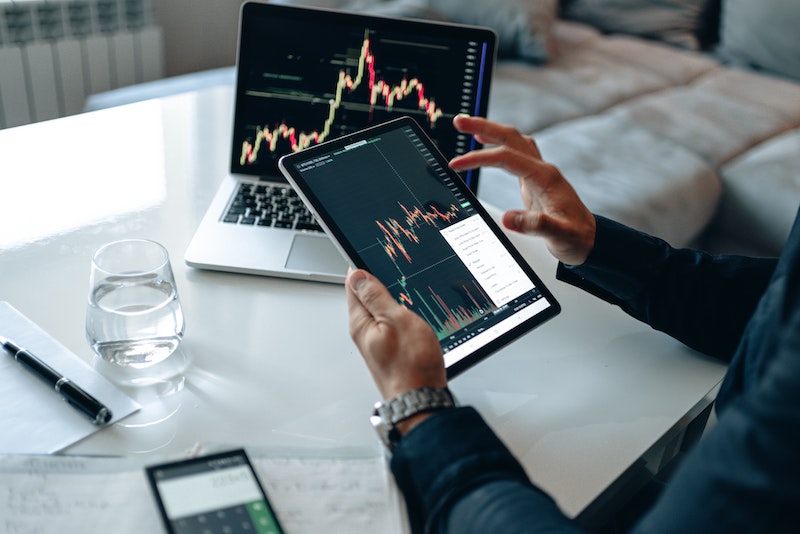
Stronger Together - How Humans And AI Are Joining Forces
We’ve all heard about some job roles or even entire industries being wiped out by AI in the near future. And the famous physicist Stephen Hawking even once said that, “the development of full artificial intelligence could spell the end of the human race.”
So how worried should we be?
As it turns out, most people are probably viewing the real impact of AI from the wrong angle. AI isn’t simply going to replace jobs, it's going to change them. To better understand this, let’s take a look at how the future of work will likely revolve around humans and AI working together, rather than competing with one another.
The Rise Of AI
Artificial intelligence is proving itself highly capable at many jobs we previously viewed as very “human”. Roles such as language translation, medical diagnostics, and providing quality customer service. This expansion of AI capabilities is also supported by recent research showing the impact it will likely have.
A McKinsey Global Institute report showed that of the 750 jobs analysed, around 45 percent of the activities within theme could be automated using currently available technologies. And 60 percent of occupations could have around a third of their processes automated.
But that still means that for most tasks, in most roles, a human component is needed. And although a 2018 PwC report found that while AI and related technologies will indeed result in the elimination of a large number of jobs in the coming two decades, it would actually also create an even larger number of new jobs.
So, AI generally won’t result in the direct elimination of roles, only some tasks within it. Or it will result in jobs being changed to reflect new technologies, new working realities, and new opportunities for humans and machines to work together.
Collaboration Not Elimination
Because humans and AI have very different skill sets, a form of collaborative intelligence can be utilised by combining the strengths of each. This means that human capabilities such as teamwork, creativity, management, and social skills can be paired with the speed, scalability, and accuracy of AI. Fortunately, most businesses highly value both these suites of capabilities.
The auto manufacturer Mercedes Benz has provided a great recent example of how humans and AI can join forces to great effect. While robots have been extensively used in the car industry for decades, these have traditionally been done by rigid, automated robots that can only perform a single task. To increase its flexibility and agility, Mercedes has recently replaced some robots with AI-enabled “cobot” robotic arms that are guided by human workers. These perform as an extension of the worker, enabling them to lift and move heavy parts. This results in less manual labor, improved safety, and increased manufacturing agility.
These cobots can also be quickly and easily reprogrammed via a tablet to adapt to changing vehicle customisation requirements or changes to the workflow. This enables Mercedes to individualise vehicle production in line with real-time choices being made in dealerships and to create a manufacturing line where no two cars coming off the assembly line need to be the same. A reimagined process with new and significant benefits.
What Next?
It’s always surprising to hear that a task you never thought a computer or a robot could do has become automated. Just as new technologies from the steam engine to computers displaced tasks and roles in the past, the evolution of AI will continue to do the same and reap major productivity gains.
But while AI will change the face of the working landscape, the greatest impact of the technology on the workforce will ultimately be in complementing human capabilities, not replacing them. Reshaping roles, not eliminating them.
For more information on how AI will impact the world of work in the coming years, and how you can take advantage of it, talk to the experts at FinXL.
